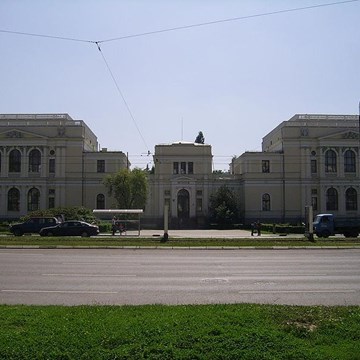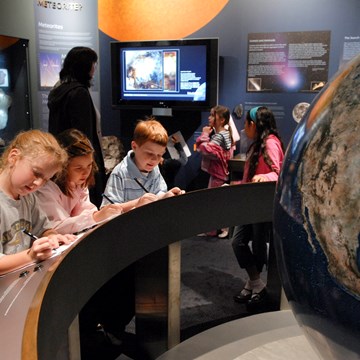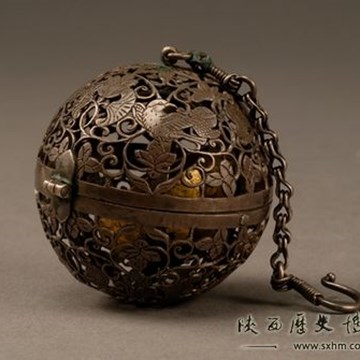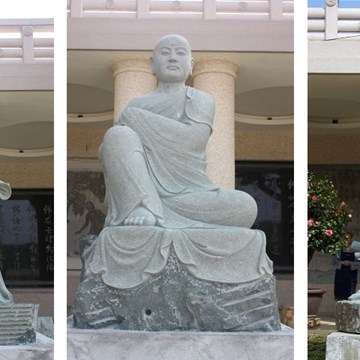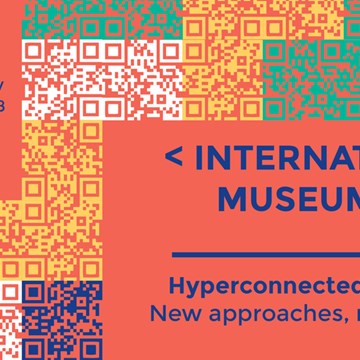Museum of Anthropology
The Museum of Anthropology at the University of British Columbia (UBC) campus in Vancouver is renowned for its displays of world arts and cultures, in particular works by First Nations peoples of the Pacific Northwest Coast First Nations. As well as being a major tourist destination, MOA is also a teaching museum, used in a number of courses at UBC, and a research museum. The MOA holds 36,000 ethnographic objects, as well as 535,000 archaeological objects in its building alone.
The most iconic object in the Museum is probably the yellow cedar sculpture The Raven and the First Men by Bill Reid, which is depicted on the Canadian twenty-dollar bill.
Other notable Bill Reid works include his Bear and Wasco (Sea Wolf) sculptures, some of his gold jewellery, and a prototype of the Haida dugout canoe he carved for Expo 86.
The Museum contains several large Musqueam artifacts from the late nineteenth and early twentieth centuries, as well as many contemporary works commissioned from Musqueam artists such as Susan Point, Joe Becker, and Robyn and Debra Sparrow.
The Museum's Great Hall contains many fragments of totem poles from Haida and other First Nations villages along British Columbia's coast.
The Museum has an extensive collection from the South Pacific.
There are about 6000 textiles in the collection; about half of these come from Asia. Of particular note are the Cantonese Opera costumes that are considered some of the world's finest. There are excellent holdings from the Northwest Coast, Oceania, Africa, and South America.
The MOA Archive contains approximately 90,000 photographs that cover a wide range of cultures, ethnographic subjects and historical events. The collection dates from the 1890s and is an important resource for researchers, writers and communities.
There are approximately 2800 objects in the African collection. The earlier collections came to MOA via missionaries, travelers, and ex-colonial officers. The collection includes masks, Yoruba thorn carvings, over 100 Makonde figures from Tanzania, approximately 100 Asante gold weights, weaponry from South Africa and about 100 mortuary objects from Egypt.
About 40% of MOA's collection is from Asia. The Chinese collections include between 1000 and 1500 pieces of Chinese ceramics, Chinese calligraphy, and paintings (with four recently identified masterpieces from the collection of Ho Ping-ti). In addition, there is a large collection of Japanese prints, Buddhist art, Hindu art (including Gandhara sculpture), textiles and clothing, and Indian calendar prints. Other collections include 2300 Chinese coins and amulets, 200 Sichuan blue thread embroideries dating to circa 1900, rare Tibetan robes, and masks from Noe (Japan), Sunni and Kolam (Sri Lanka), and Pongsan and Yangju (Korea).
The Haida houses outside the Museum were built under the direction of Bill Reid, who carved, along with Douglas Cranmer, many of the totem poles surrounding them. The original Reid/Cranmer totem pole mounted on the front of the big house was taken inside in 2000 due to deterioration and replaced with the new "Respect to Bill Reid Pole" by Haida artist Jim Hart.
Text source
Photo source
Exhibitions and events
We don't have anything to show you here.
Educational programs
We don't have anything to show you here.
Collections
We don't have anything to show you here.


